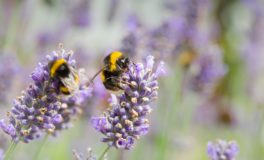Sowing perennial wildflowers can be an easy and visually spectacular way to fill bare patches in the garden and even increase wildlife visitors to your land. But with so many wildflower species available to plant, which wildflower should you plant? What is the easiest perennial to grow? And which are the most popular perennial flowers on the market? I want to help you create the wildflower meadow of your dreams.
Ever since I can remember, I’ve loved wildflowers and wild flower gardens. I’d go walking with my grandmother and she’d point out and name the flowers growing in the hedgerows. At the time, I didn’t understand the difference between perennial wildflowers and annual wildflowers. I didn’t mind either. Sometimes we’d pick a few, take them home and press them. Even now, I have fond memories of preserving primroses in blotting paper beneath several copies of the Encyclopaedia Britannica. There – that dates me.
This article will tell you what the most popular perennial flowers are, illustrate the different types of perennials that have captured the nation’s gardens and show how Turfonline’s Meadowmat turf is the perfect way to grow some of your own.
What Are Perennial Wildflowers?
Perennial wildflowers are the beauties that you see growing from the same plant year after year after year. Oxeye daisies, for example, live for several years as do yarrow and cowslips. Annual wildflowers are the ones that grow from seed, bloom and die all within the space of 12 months.
The red campion is a perennial wildflower that likes to live under hedges or in semi-shaded woodland.
Hardy Hibiscus, Salvia and Dianthus are among the most popular wildflower species in the UK and each offers an array of beautiful colours and aromas to your garden.
If you are looking for a wildflower meadow that doesn’t require constant maintenance and lasts as long as possible you’ll probably want to know what the longest blooming perennial flowers are and when you should plant them. Most perennial wildflowers bloom for two to four weeks, but the longest flowering perennials, such as coneflowers and catmint, measure their flowering period for months on end. Depending on the soil conditions in your garden, it is suggested to sow your wildflowers during March and April or in September.
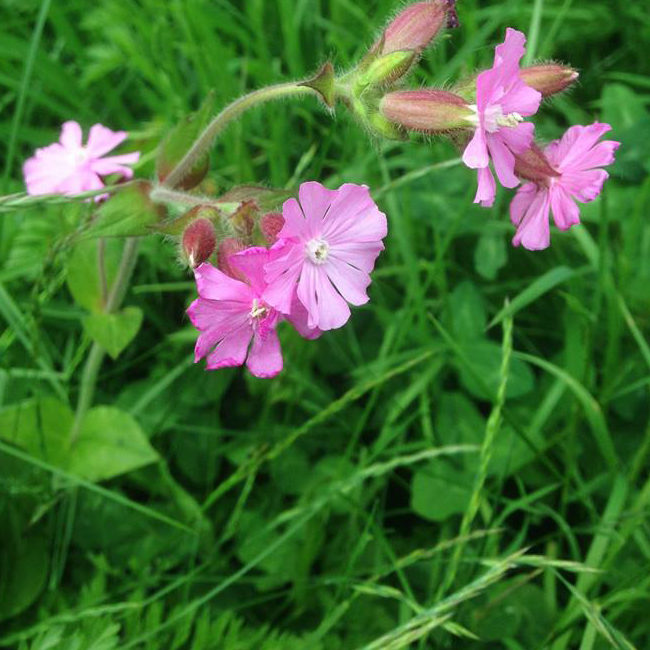
Red campion is a perennial wildflower that likes to live under hedges or in semi-shaded woodland.
Perennial Wildflowers Native To The UK
There are far too many wildflower species in existence to talk about in just one blog post. So I’m going to pick my favourites of the native perennials.
By the way, the phrase “native wildflower” is defined by the Woodland Trust as meaning “Any species that has made its way to the UK naturally, not intentionally or accidentally introduced by humans. In terms of trees and plants, these are species that recolonised the land when the glaciers melted after the last ice age and before the UK was disconnected from mainland Europe.”
In other words, native plant species have lived in the UK for a very long time indeed.
Spring Wildflowers
Violets and primroses have to be my favourite spring wildflowers. They evoke memories of days with my cousins. We’d take a picnic into the woods where the ground was festooned with clumps of wild primroses. On the way back was a little clump of violets just tucked into the base of a tree. Every year I looked out for them…still do if I happen to go back to the old home village (which isn’t very often)
Summer Wildflowers
Summer wouldn’t be summer without a big old splash of Leucanthemum vulgare (oxeye daisies), Birdsfoot Trefoil or buttercups. Bright, happy flowers that radiate joy across wildflower meadows and gardens. And who could resist the idea of frolicking in a wildflower meadow? There’s a beautiful wildflower meadow as you climb the hill from Lake Windermere to Beatrix Potter’s house. The footpath takes you across the middle of it. Divine!
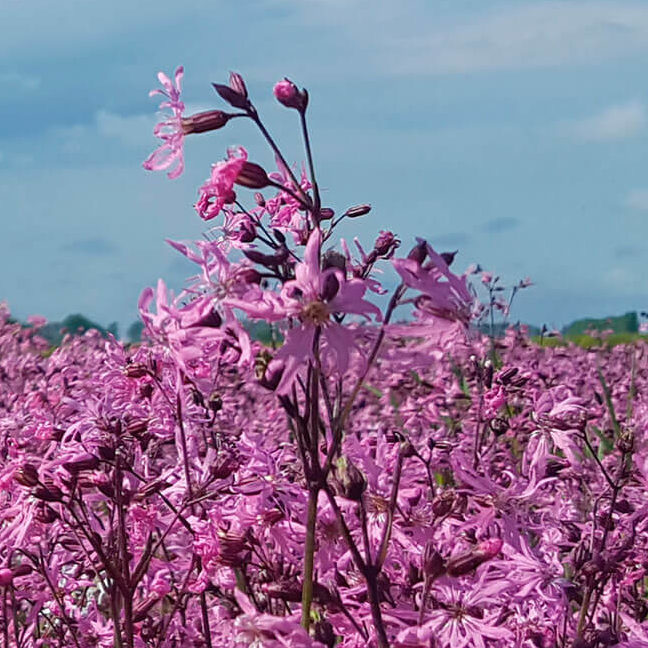
Autumn Wildflowers
Once the summer cacophony of colour has faded, autumn wildflowers have their own special charm. They’re less profuse than summer wildflowers but no less beautiful.
How about the autumn Hawkbit? Or toadflax? I love toadflax. Another favourite is the Wild Carrot. I adore the umbellifers but these are all frothy and lacy and followed by intricate seed heads.
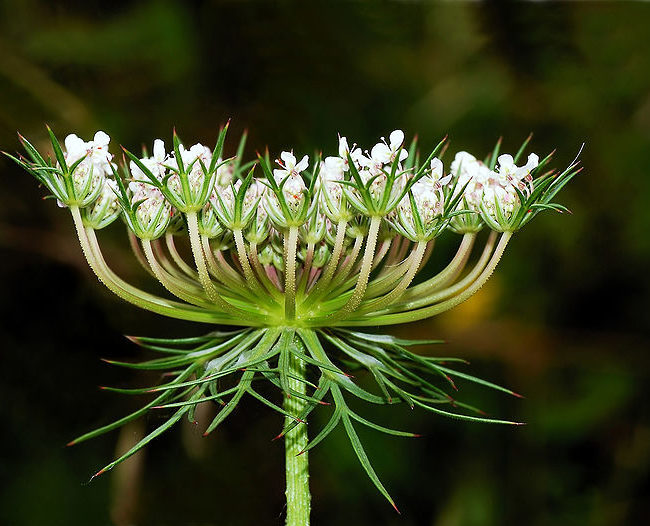
Wild carrot a day or so before bursting into full bloom. Isn’t it exquisite?
Winter Wildflowers
Yes, believe it or not, there are some winter wildflowers native to the UK. In fact, I caught a whiff of some the other day
This is Butterbur, Petasites fragrans. There’s a patch of it growing on the river bank beside the lane where I walk my dogs. It flowers in January and February. Not a particularly spectacular flower but oooooh, the smell. It’s absolutely divine. I wouldn’t encourage anyone to put it in their garden though. It’s very invasive.
The other winter staple, beloved of my bees, is of course ivy. The flower is much the same colour as the leaves so again, it doesn’t jump out at you, but it’s a flower just the same.
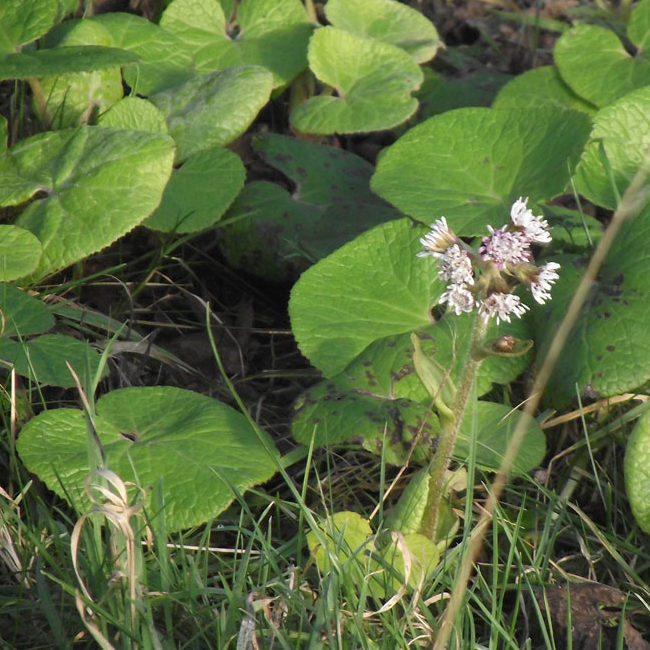
Growing Wildflowers In The Garden
I love having a little wildflower patch all of my own. Although can you call them wildflowers if you’ve grown them on purpose? I’m not sure.
Anyhow, if you’ve been inspired to grow any of the beauties in this blog, why not start your own wildflower garden? Explore the Meadowmat range to learn more about our beautiful perennial wildflowers.
What is Meadowmat?
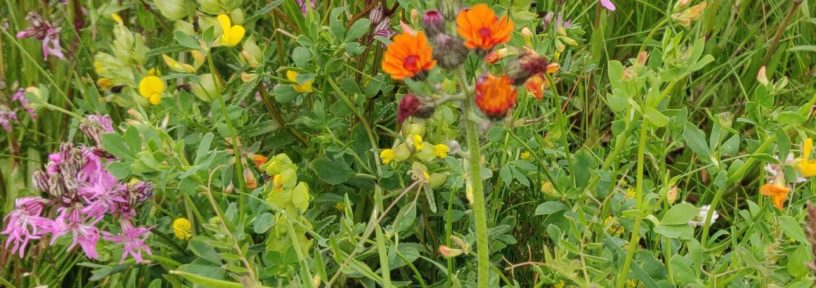
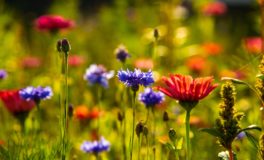 Growing wildflowers in the shade
Growing wildflowers in the shade 